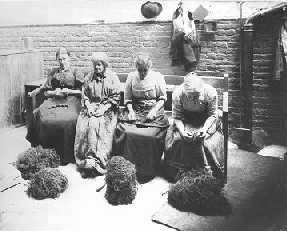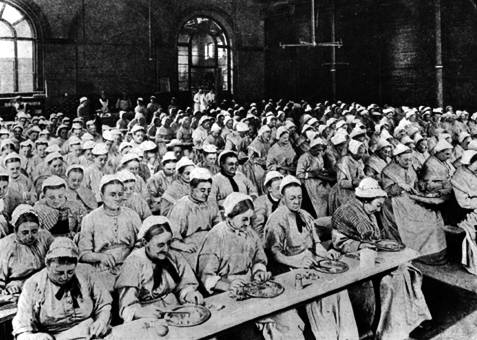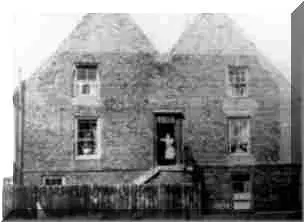One of the most widely read and loved classics, Jane Eyre written by Charlotte Bronte portrays the character of an insane woman, Bertha Mason, giving us an insight of the prevalent attitudes towards mental illness in the Victorian era and a view of the history of mental asylums in England.

Victorian attitudes to madness
In the Victorian era, there was a shift in the attitudes towards mental illness and people, at large, began to realize the importance of paying attention to the conditions of mental institutions.
An investigation into the conditions of mental institutions during the Victorian era reflect that although poor and abusive conditions and overcrowding were prevalent in Victorian era mental asylums.

There also existed a surprising level of awareness of the plight of the mentally ill and a widespread desire to improve the conditions of asylums and the treatments they offered to those who were incapable of functioning in regular society due to mental illness. The issue of mental illness is handled with an impressive degree of respect, sensitivity, and understanding
However the mentally disabled occupied an inferior position in the psyche of the Victorian lunacy reform. According to a report on “lunacy” published in the Westminster Review in 1845, the public at large seemed to have become more “enlightened and benevolent.”

This was due to an 1841 act that required the government to inspect every asylum. When one asylum in West Auckland was inspected under this act, the Parliamentary commission found that some of the residents had been chained to their beds at night and that many other asylums were “ill-ventilated,” “deficient” and “dirty.
However, by the time Queen Victoria ascended the throne, things began to change and conditions improved slightly. New private hospitals and asylums were built to cater to the growing need for the medical facilities to the mentally ill.
Victorian era asylum treatments
There were also strange notions regarding the treatment of the mentally-ill. In the Bensham Asylum, for example, doctors had come to believe that the clean air and healthy situation of the suburbs would help its patients overcome their problems. The doctors believed that people often became insane because they lived in bleak surroundings and did not have enough food to eat.
Therefore, asylums were encouraged to provide nutritional food, a moderate quantity of malt liquor, and comfortable, warm bedding. Patients were allowed t o exercise and bathe, and were sometimes bled, which was a process of releasing some blood from the body in a controlled way.

Is history of mental asylums in England all good?
Nevertheless, it is indeed encouraging to realize that even with its rather antiquated and limited knowledge and views about insanity in the victorian era, measures were actively being taken to alleviate the suffering of patients and attempt to implement some sort of beneficial treatment.
Of course, there was some mistreatment meted out to the patients by the doctors and some asylums were horrible places. The 1844 Commissioners’ Report censured eleven such institutions, including the Wreckenton Lunatic Asylum.
According to the report, patients often only had a plain bread and water or milk for breakfast and pea soup for dinner and were frequently restrained. This treatment was considered to be extremely unacceptable, and most people were shocked when the report became public.
But all in all, it is a fact that the change in the mindset of the people regarding the mentally disabled in the Victorian era was encouraging and conditions, ever since, improved.